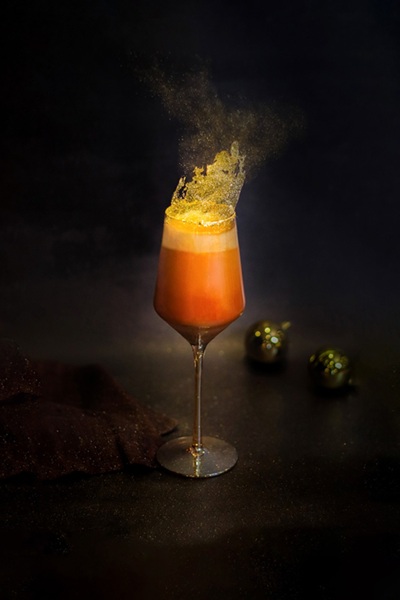The Journey of Thai Tea - From Its Origins to a Global Phenomenon #1: Thai Tea or Cha Yen?
The Journey of Thai Tea - From Its Origins to a Global Phenomenon #1: Thai Tea or Cha Yen?
Thai Tea or Cha Yen?
The vibrant orange-colored Thai tea, commonly found in street stalls and cafes across Thailand, has repeatedly gained global attention, ranking among the world’s most popular beverages. But how did this beloved drink come to be one of Thailand’s most recognized soft power icons? Let's take a look at its history—through a linguistic perspective.
Twenty to thirty years ago, before the term Thai Tea became common, locals would simply order Cha Yen (meaning “cold tea”) from street vendors. This referred to the sweet, milky, orange-colored tea served over ice. Meanwhile, Cha Ron (“hot tea”) was a popular breakfast drink, often served with a layer of sweetened condensed milk at the bottom and strong red tea on top, which had to be stirred before drinking. If someone wanted a non-milky version, they had to specify Cha Dam Yen (“black iced tea”).
So how did Cha Yen become Thai Tea? The name change wasn’t a sudden transformation but rather a gradual shift over time. One plausible explanation is that the term "Thai Tea" emerged to differentiate it from teas of other countries—Chinese tea, Japanese tea, or Indian tea. The name likely developed in one of two ways:
- Foreign Influence: Tourists encountering this unique orange-hued drink might have coined the term Thai Tea or Thai Milk Tea, which was then translated back into Thai as Cha Thai.
- Marketing for Export: Thai vendors and exporters may have introduced the name Thai Tea to clearly distinguish it as a product unique to Thailand.
Regardless of how the term originated, the common factor is that it was created to make it clear to international consumers that this tea is distinct from traditional teas of other cultures.
Interestingly, in Thailand, when ordering tea with milk, people simply say Cha Yen or Cha Ron without mentioning “milk.” However, to order the non-milky iced tea, one must specify Cha Dam Yen (“black iced tea”). This suggests that milky tea was more popular, so the word “milk” was omitted for convenience.
That said, regional variations exist. In some parts of Southern Thailand, ordering Cha Yen might get you plain iced Chinese tea instead. To get the sweet milky version, one must order Cha Nom Yen (“cold milk tea”), a naming system that some might find more logical.



